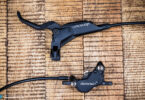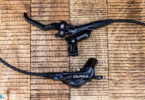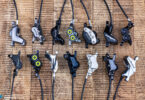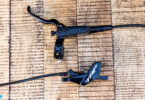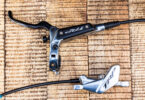As the pioneers of convertible full-face helmets, Bell enter our 2023 full-face helmet comparison test with the Super Air R, which comes equipped with more safety features and less weight than its predecessor. Is that enough to secure victory in our comparison test?

With the Super Air R Spherical, Bell enter the race with a new development of an old classic, the Super Air, which is the forefather of convertible helmets. At € 340 and 766 g, it stands in the middle of the test field both in terms of price and weight. As the name extension suggests, the Super Air R Spherical features the MIPS Spherical technology, which consists of two independent shells, seamlessly connected by a low-friction MIPS sliding layer. In case of impact, the outer and inner shell can rotate independently and move by a few millimetres to reduce the impact. The adjustable visor can be locked into different positions, with enough room for you to store your goggles beneath the visor. The chin bar can be removed via two clips on the side of the helmet, which have to be released before you can pull off the chin bar to the front. The system is easy and intuitive to use, even with the helmet on your head. Securing the chin bar, on the other hand, is slightly more difficult, so we recommend removing the helmet from your head – though this is the case with all the convertible helmets in this test. Once the chin bar is removed, the chin bar’s fixation points double up as additional ventilation holes – a nice little detail! Compared to the other two convertible helmets in this test, however, the Bell has a slightly flimsier chin bar. The retention system can be adjusted in height between four positions, but the dial becomes rather hard to reach in the highest position.
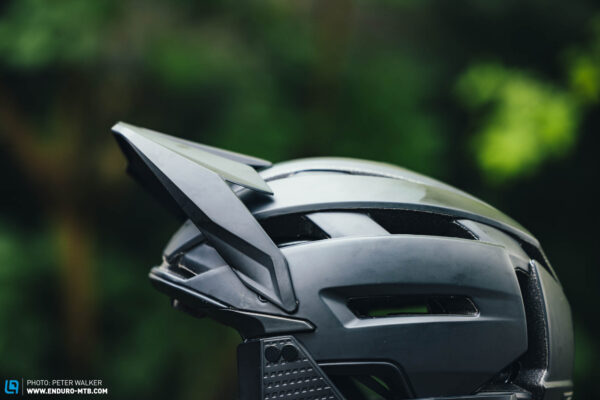
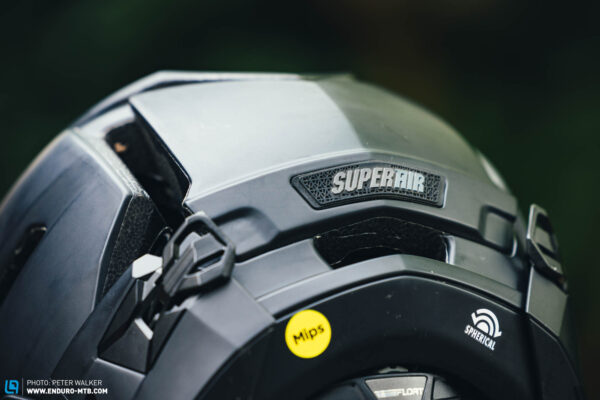
The Bell Super Air R is a comfortable fit from the get-go: just buckle up, crank the dial and off you go! Despite the minimal padding, it’s very comfortable to wear. The shell wraps slightly further over the forehead than a conventional half-shell, enclosing the head rather than sitting on top of it, thus ensuring a secure fit. Ventilation is excellent, providing enough oxygen even during high-lactate, mid-stage trail sprints. Without the chin bar, the Bell provides the most authentic half-shell feeling in the entire test field, making it an excellent option if you’re upgrading from an open-face helmet and want the additional protection of a chin bar for rowdy enduro sessions. That said, the chin bar is quite thin, and doesn’t comply with the ASTM standards for downhill helmets either, meaning that it doesn’t provide the same level of safety as the MET Parachute.
The Bell Super Air R scores points above all with its good fit. The deeper positioning on the head ensures a secure fit and prevents the helmet from wobbling around. Ventilation is excellent, and the conversion system is easy and straightforward. The Super Air R is particularly suitable for half-shell riders who want the additional protection of the chin bar for the occasional rowdy enduro session. That said, the lack of ASTM certification doesn’t make it the best candidate for bike parks or high-consequence trails.
Tops
- Secure, comfortable fit
- Most authentic half-shell feeling without chin bar
- Good ventilation
Flops
- Chin bar doesn’t comply with the ASTM standard for downhill helmets
For more information, visit bellhelmets.com.
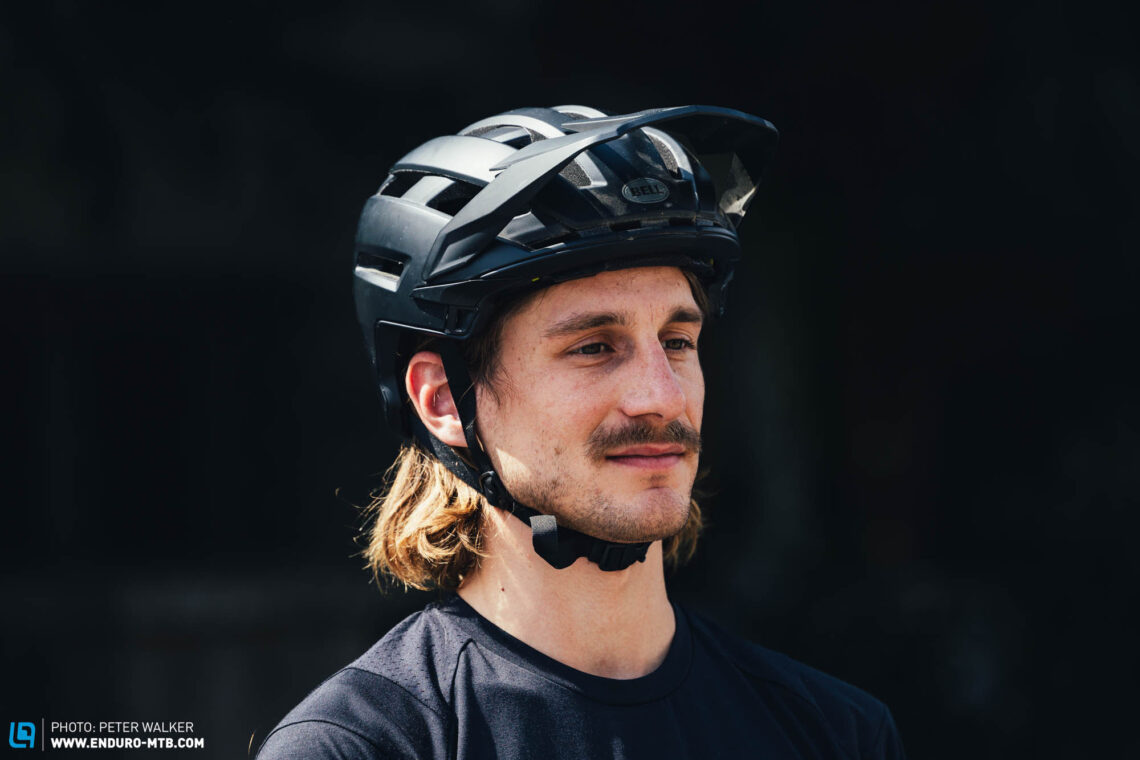
For an overview of the group test: 9 lightweight and convertible full-face mountain bike helmets in review
All fullface helmets in test: Bell Super Air R Spherical | Bluegrass Vanguard Core Edition (Click for review) | Fox Proframe RS (Click for review) | Giro Insurgent (Click for review) | MET Parachute MCR (Click for review) | POC Otocon Race MIPS (Click for review) | Specialized Gambit (Click for review) | Troy Lee Designs Stage (Click for review) | Uvex Revolt MIPS (Click for review)

Did you enjoy this article? If so, we would be stoked if you decide to support us with a monthly contribution. By becoming a supporter of ENDURO, you will help secure a sustainable future for high-quality mountain bike journalism. Click here to learn more.
Words: Simon Kohler Photos: Peter Walker




